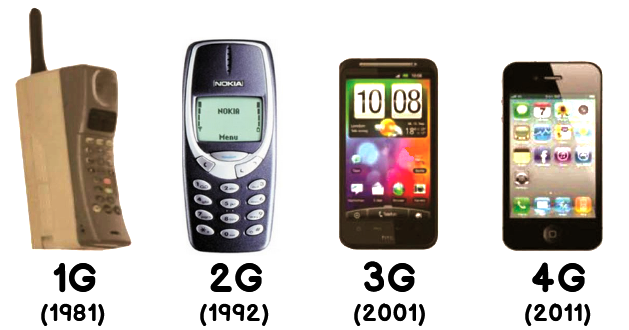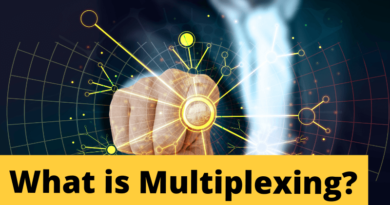3G Network
In this tutorial, we are going to see What is the 3G (Second Generation) Mobile Network?
The IMT-2000 (International Mobile Telecommunications for the year 2000) specifications of the International Communications Union (ITU), define the characteristics of 3G (third-generation mobile telephony). These characteristics include the following:
- a high transmission rate :
- 144 Kbps with full coverage for mobile use,
- 384 Kbps with a medium coverage for a pedestrian use,
- 2 Mbps with a reduced coverage area for fixed use.
- worldwide compatibility,
- compatibility of 3rd generation mobile services with 2nd generation networks,
3G offers speeds of over 144 kbit/s, opening the door to multimedia uses such as video transmission, videoconferencing, or high-speed Internet access. 3G networks use different frequency bands than previous networks: 1885-2025 MHz and 2110-2200 MHz.
The main 3G standard used in Europe is called UMTS (Universal Mobile Telecommunications System), using W-CDMA (Wideband Code Division Multiple Access) coding. UMTS technology uses the 5 MHz frequency band for voice and data transfer with data rates ranging from 384 kbps to 2 Mbps. HSDPA (High-Speed Downlink Packet Access) is a third-generation cell phone protocol called “3.5G” that allows speeds of 8 to 10 Mbps. HSDPA technology uses the 5 GHz frequency band and uses W-CDMA coding.






